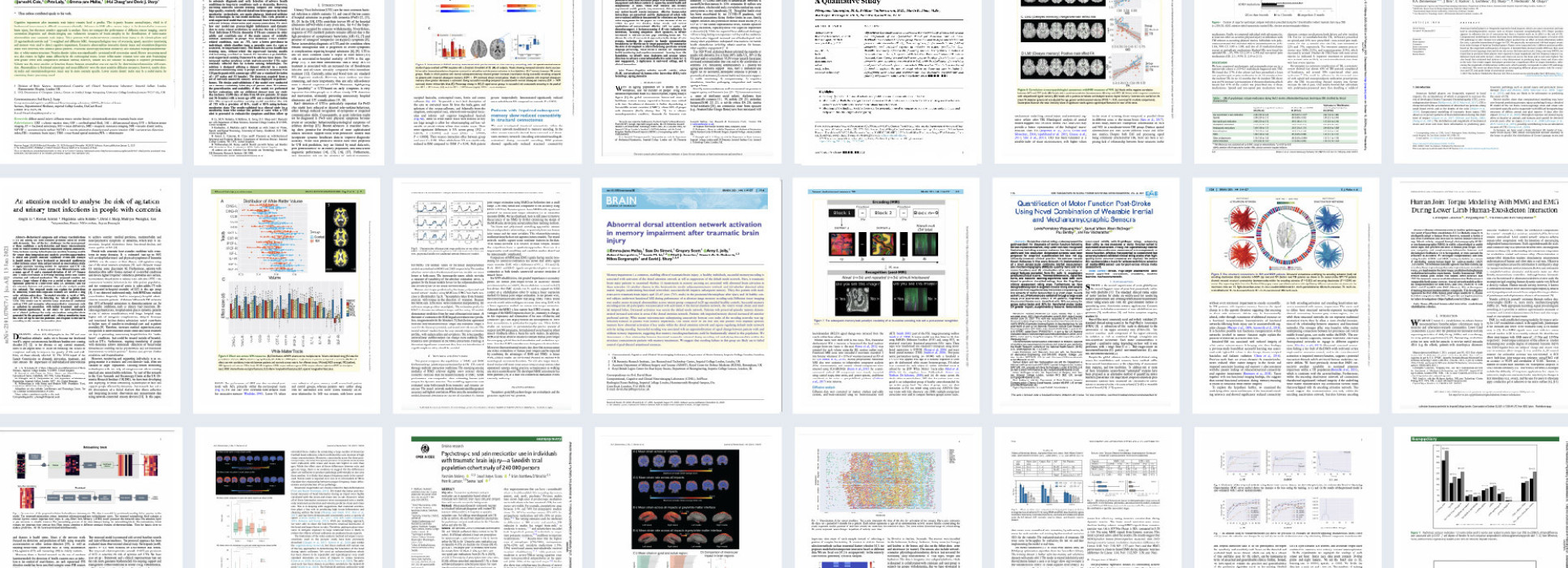BibTex format
@article{Soreq:2022:10.1002/alz.067936,
author = {Soreq, E and Kolanko, MA and Monica, CD and Ravindran, KKG and Revell, VL and de, Villèle P and Barnaghi, P and Dijk, D-J and Sharp, DJ and CRT, group},
doi = {10.1002/alz.067936},
journal = {Alzheimers Dement},
title = {Monitoring abnormal nocturnal behaviour in the homes of patients living with dementia.},
url = {http://dx.doi.org/10.1002/alz.067936},
volume = {18 Suppl 2},
year = {2022}
}
RIS format (EndNote, RefMan)
TY - JOUR
AB - BACKGROUND: People living with dementia (PLWD) often exhibit marked sleep disturbances. These cause substantial care challenges and may be causally related to dementia progression. Collecting ecologically valid data on sleep disturbance in naturalistic settings has been difficult. As a result, sleep assessments in PLWD are generally limited to short studies in sleep laboratories or data collection from wearables, where compliance is problematic. Here, we demonstrate how passive internet of things (IoT) sensors can be used to monitor the effects of dementia on nocturnal behaviour and physiology. METHOD: Using the Withings under-mattress pressure sensor, we validated bed occupancy and physiological measures in 35 older adults tested both at home and in the laboratory. We then examined data collected between 2019 and 2021 from the general population (N=13,663) and from a cohort of PLWD taking part in the UK DRI study of home monitoring for PLWD (N=46). More than 4 million unique bed mat observations were analysed. RESULT: Arise time across all subjects was negatively correlated with time to bed (Fig.1a, r(13,617) =-0.5, p<.0001). Bed occupancy increased with age, but PLWD spent more time in bed than age-matched controls (Fig.1b) and had more nocturnal awakenings (Fig.1c). Explainable gradient boosting machine learning was successfully used to classify data from individual nights (PLWD vs. general population). PLWD probability was related to specific changes, such as increased awakenings, high or low time spent in bed, high heart rate and low breathing rate (Fig.2). We also explored variations in night-time behaviour and physiology over time for individual PLWD (Fig.3a). High within-subject variability was present, which related to disease progression, intercurrent illness and changes in medication. Data from each night was transformed into a risk score for each metric (Fig.3b) and a compound risk score. These quantify the risk of abnormal night-time behaviour and ph
AU - Soreq,E
AU - Kolanko,MA
AU - Monica,CD
AU - Ravindran,KKG
AU - Revell,VL
AU - de,Villèle P
AU - Barnaghi,P
AU - Dijk,D-J
AU - Sharp,DJ
AU - CRT,group
DO - 10.1002/alz.067936
PY - 2022///
TI - Monitoring abnormal nocturnal behaviour in the homes of patients living with dementia.
T2 - Alzheimers Dement
UR - http://dx.doi.org/10.1002/alz.067936
UR - https://www.ncbi.nlm.nih.gov/pubmed/36537506
VL - 18 Suppl 2
ER -




